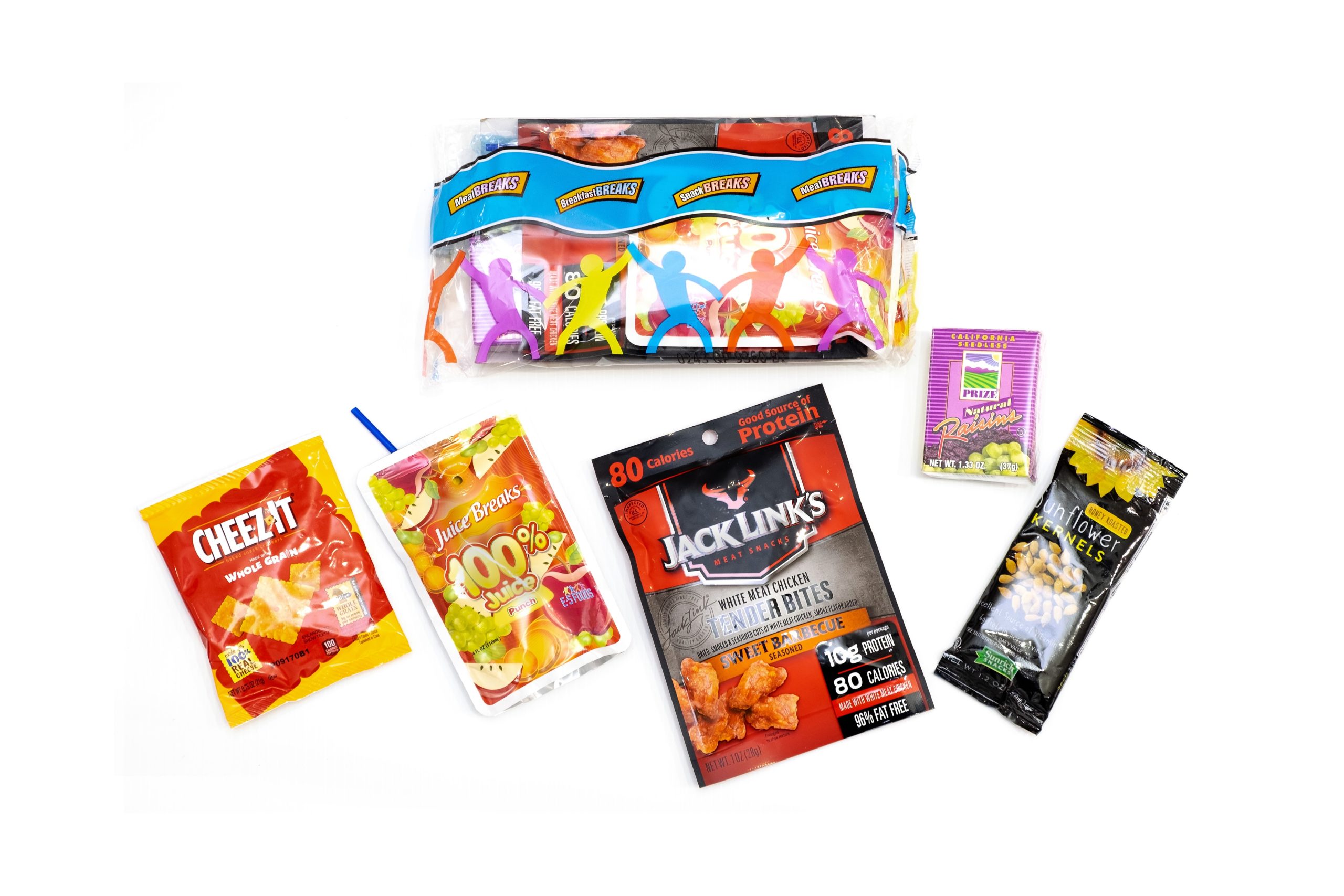Now more than ever there is a critical need to provide afterschool suppers to children. With the pandemic resulting in remote learning or reduced in-person instruction, many kids aren’t accessing their regular free school meals. Add to that the other restrictions stemming from the pandemic, such as families not being able to work and pay bills, the Afterschool Meal Program can be a much-needed respite for families. Did you know that by adding suppers/super snacks to your program you can help countless families and increase your reimbursement dollars by as much as 58%?
We can help you add suppers/super snacks
If your school district is providing students meals for home, why not include a Supper/Super Snack? It’s easy and it’s a third meal for your students. To participate, simply
- Provide CACFP-compliant meals. (If not registered for CACFP, contact your state agency for more information.)
- Include enrichment activity handouts or provide directives to activity websites (ask us for more details).
- Keep service simple – use Meal Breaks – 25 varieties to choose from
These meals are PRE-PACKAGED, every item is INDIVIDUALLY WRAPPED, and just add milk for a fully reimbursable meal. Our Meal Breaks are available in shelf-stable, thaw & serve, and heat & serve varieties.
Add supper/super snack and increase reimbursement dollars over 58%
Reimbursement – $3.755 per meal (includes value of donated food). Add up to 7 weekly supper meals.
Example: Provide 5 suppers to 1000 students in one week: 7 x $3.755 x 1000 = $26,285 per week (plus commodities)
In a just-released report, Afterschool Suppers: A Snapshot of Participation, the Food Research & Action Center (FRAC) credits Afterschool Nutrition Program operators who have adapted and responded to the new normal by creating innovative ways to distribute suppers and snacks safely. FRAC reported that more than 1.4 million low-income children benefited from Afterschool Nutrition Programs on an average day a year ago, with participation in afterschool suppers increasing by more than 86,900 from the prior year. Despite these gains, however, the report noted that more action is needed to ensure children have meal access when they aren’t in school, particularly as the pandemic continues on.
